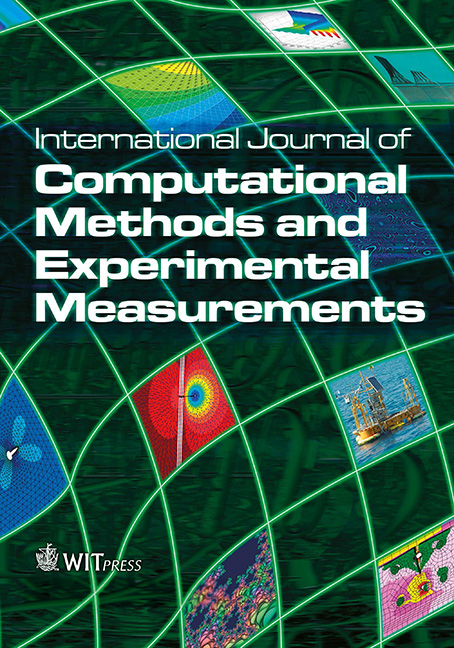Structural optimisation and sustainable design
Price
Free (open access)
Volume
Volume 3 (2015), Issue 3
Pages
17
Page Range
187 - 204
Paper DOI
10.2495/CMEM-V3-N3-187-204
Copyright
WIT Press
Author(s)
W.P. DE WILDE, T. VANDENBERGH & W. DEBACKER
Abstract
The theory of morphological indicators (MI) provides user-friendly tools guiding the structural designer towards low volume consuming solutions during the exploration and comparison of different structural types. Since a first doctoral thesis published in 1999, a decade of research has refined MI into a bench- marked structural optimisation method for conceptual design. This article surveys the milestones that lead to today’s method and contains the published references that contributed to the major evolutions of MI. The article also refers to the work of other researchers in structural and architectural engineering, this time in the quest of optimisation of structures through a more sustainable design, offering the possibility of re-use and recombination of structural components. This technique, called 4D design methodology, was based on a research proposal by Hendrickx and Van Walleghem, which was further developed at Vrije Universiteit Brussel.
Keywords
4D Design methodology, conceptual design, fully stressed design, morphological indicators, structural optimisation, sustainable design, volume minimisation.




